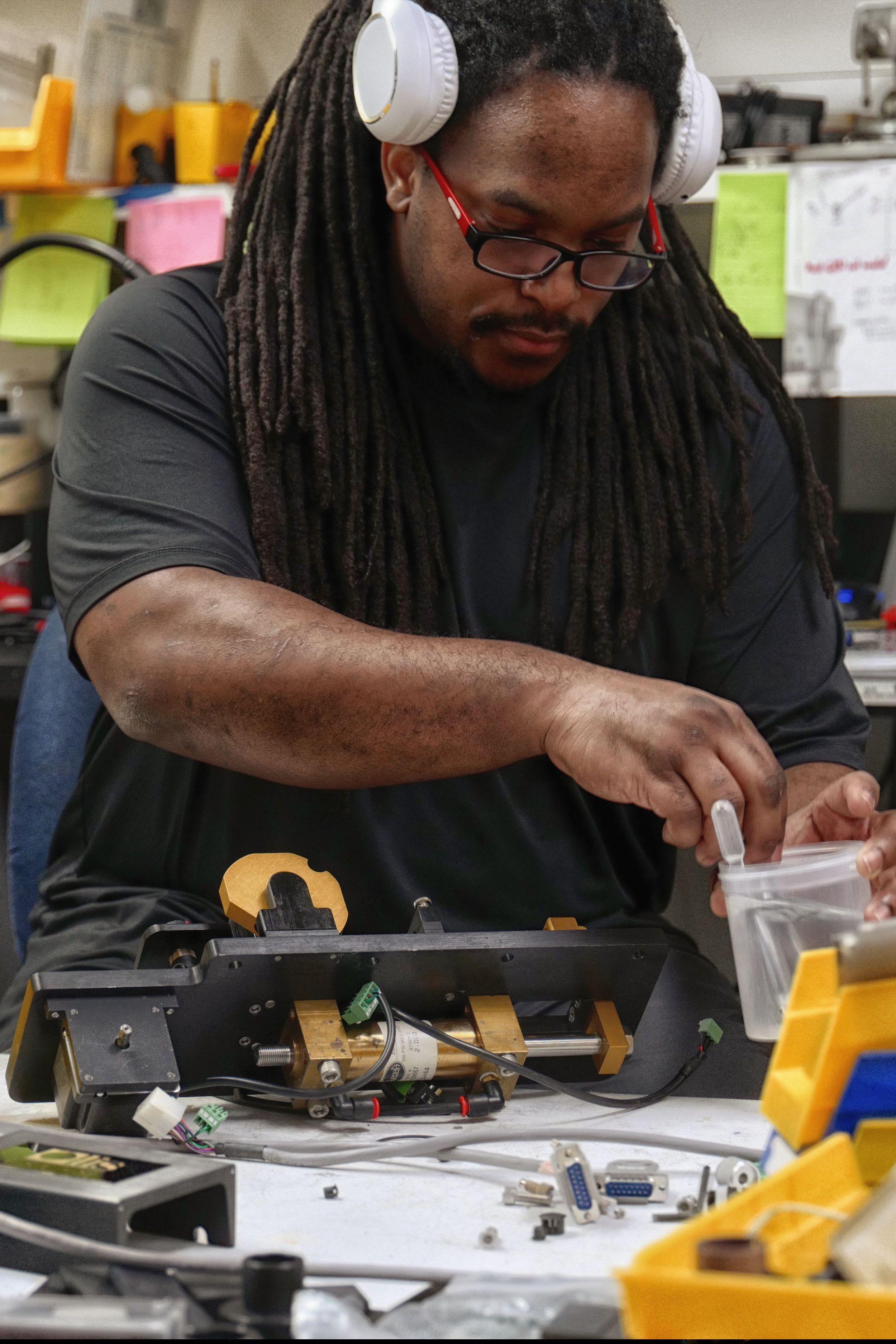Indicators on Circular Dichroism You Need To Know
Indicators on Circular Dichroism You Need To Know
Blog Article
About Circularly Polarized Luminescence
Table of ContentsThe Definitive Guide for Uv/vis/nirThe Best Guide To Circularly Polarized LuminescenceThe Ultimate Guide To Uv/visGetting My Uv/vis To WorkAn Unbiased View of Uv/vis/nir

Spectrophotometry is most commonly applied to ultraviolet, noticeable, and infrared radiation, modern-day spectrophotometers can question broad swaths of the electro-magnetic spectrum, including x-ray, ultraviolet, visible, infrared, and/or microwave wavelengths. Spectrophotometry is a tool that hinges on the quantitative analysis of molecules depending upon just how much light is taken in by colored substances.
Circularly Polarized Luminescence for Beginners
A spectrophotometer is typically used for the measurement of transmittance or reflectance of options, transparent or opaque solids, such as polished glass, or gases. Although numerous biochemicals are colored, as in, they take in noticeable light and therefore can be measured by colorimetric treatments, even colorless biochemicals can typically be transformed to colored substances suitable for chromogenic color-forming reactions to yield compounds appropriate for colorimetric analysis.: 65 However, they can likewise be developed to determine the diffusivity on any of the noted light varieties that normally cover around 2002500 nm utilizing different controls and calibrations.
An example of an experiment in which spectrophotometry is used is the decision of the balance constant of a solution. A particular chemical reaction within an option may happen in a forward and reverse instructions, where reactants form items and items break down into reactants. At some time, this chemical reaction will reach a point of balance called an equilibrium point.
The 4-Minute Rule for Circularly Polarized Luminescence
The amount of light that travels through the solution is indicative of the concentration of certain chemicals that do not permit light to go through. The absorption of light is because of the interaction of light with the electronic and vibrational modes of particles. Each type of molecule has a specific set of energy levels connected with the makeup of its chemical bonds and nuclei and therefore will take in light of specific wavelengths, or energies, leading to distinct spectral residential or commercial redirected here properties.
They are widely used in lots of industries consisting of semiconductors, laser and optical manufacturing, printing and forensic examination, as well as in labs for the research study of chemical compounds. Spectrophotometry is often used in measurements of enzyme activities, decisions of protein concentrations, determinations of enzymatic kinetic constants, and measurements of ligand binding reactions.: 65 Ultimately, a spectrophotometer is able to determine, depending on the control or calibration, what substances are present in a target and precisely how much through calculations of observed wavelengths.
This would come as a service to the formerly developed spectrophotometers which were unable to soak up the ultraviolet properly.
About Circular Dichroism
It would be discovered that this did not provide satisfying results, for that reason in Model B, there was a shift from a glass to a quartz prism which enabled much better absorbance results - UV/Vis (http://www.askmap.net/location/6824320/united-states/olis-clarity). From there, Design C was born with a change to the wavelength resolution which wound up having 3 units of it produced
It irradiates the sample with polychromatic light which the sample soaks up depending upon its residential or commercial properties. Then it is sent back by grating the photodiode variety which identifies the wavelength area of the spectrum. Because then, the production and execution of spectrophotometry gadgets has actually increased tremendously and has actually ended up being one of the most innovative instruments of our time.

The Facts About Spectrophotometers Uncovered
The grating can either be movable or fixed.
In such systems, the grating is fixed and the strength of each wavelength of light is determined by a different detector in the variety. When making transmission measurements, the spectrophotometer quantitatively compares the portion of light that passes through a referral option and a test option, then electronically compares the strengths of the 2 signals and calculates the portion of transmission of the sample compared to the reference standard.

Report this page